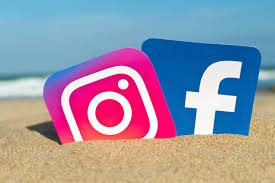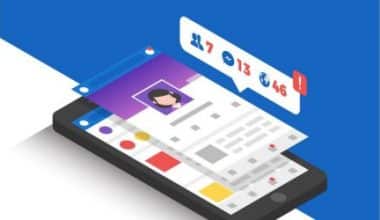I’ve always been fascinated by the evolution of marketing. When I first started, the buzz was all about digital—social media, search engine ads, and influencer campaigns. But something interesting happened along the way: I discovered that good on the radio had not only survived but was thriving, even in the age of smartphones and digital playlists. And for businesses that want to reach specific audiences, radio ads still have some major advantages.
This is because radio advertising has to be the most underrated type of media in the industry. With a rise in music and podcast streaming platforms, fewer people are listening to traditional radio stations these days. But that doesn’t take away from how effective the best radio ads (or audio advertising in general) can be.
If you’re considering radio advertisements for your company, in this article, I’ll walk you through how to harness the power of radio ads for targeted marketing success—something I’ve had firsthand experience with—and why radio should be in your marketing toolkit.
Key Takeaways
- Radio stations often have specific demographics, enabling businesses to target niche audiences based on factors like age, interests, and geography, making radio ads effective for local and national campaigns.
- Radio ads provide a budget-friendly alternative to other media, allowing for repeated exposure and reaching large audiences through tailored station choices, helping brands gain more visibility at lower costs.
- With frequent repetition, radio ads increase brand recognition. The medium’s emotional connection with listeners—such as their bond with radio personalities—can make ads more personal and impactful.
- Radio ads can be quickly produced and modified to suit evolving marketing needs, and tools like call tracking and website analytics make it easy for businesses to measure campaign ROI, refine strategies, and improve outcomes.
What are Radio Ads?
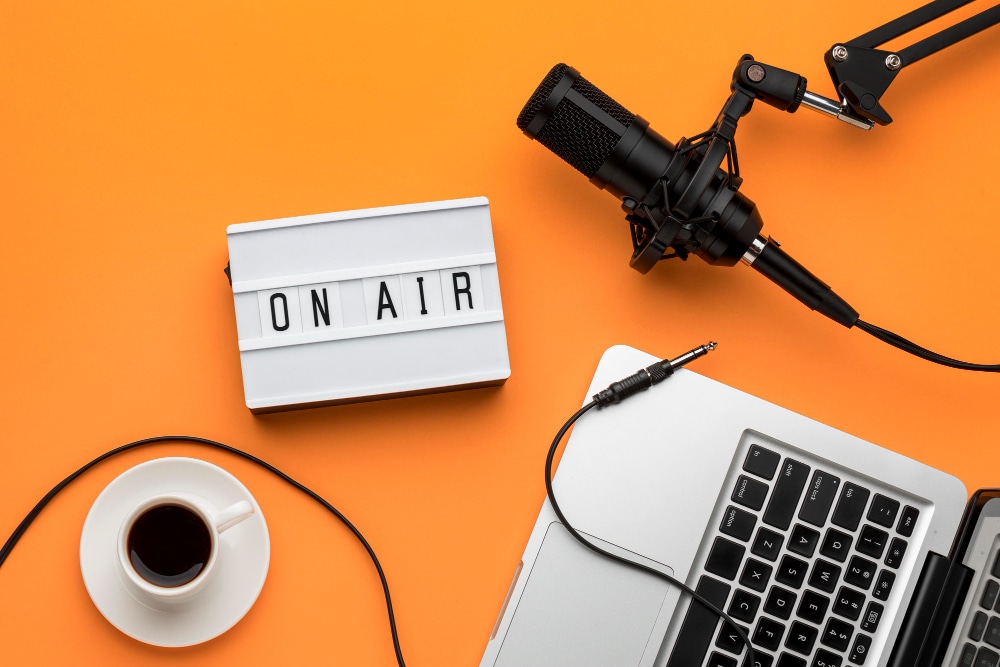
Radio advertising is a type of marketing that uses radio broadcasts to promote products, services, or brands to a large audience. These advertisements can be broadcast on AM, FM, or digital radio stations and are often in the form of short audio spots lasting 15 to 60 seconds. When it comes to the radio, everyone listens! Radio is a part of our daily lives, whether at work, at home, or while driving. Radio provides a complement to the rhythms of our daily lives. When you listen to the radio, you hear it one-on-one, as if someone is talking to you directly. Many people have a close rapport with a radio personality to whom they listen faithfully. The key elements of radio advertising include:
- Target Audience
- Creativity and Production
- Cost-Effective
- Frequency and Reach
- Flexibility
- Local and National Reach
Overall, radio advertising is a powerful medium for engaging listeners through audio storytelling, building brand awareness, and driving consumer action.
Best Radio Advertising Examples

It’s one thing to discuss the theory and practice of creating great radio ads. But it’s something entirely different to see real businesses put it into practice. Here are a few I admire:
#1. Geico’s “Gecko” Campaign
Insurance is an unusual, intangible, and difficult-to-sell product because it will not benefit the consumer until some time in the future. Historically, insurance firms have promoted in the same way, employing a dismal tone and warnings about life’s perils to inspire worry about the future.
GEICO took a fresh approach with its iconic, hilarious radio ad campaigns—and a gecko—completely upsetting insurance advertising and putting the company on the map.
Why it works:
- Simple ad scripts with compelling storylines
- Includes novel, creative, and lovable characters
- Cleverly applies humor to portray the main theme
- Ends with simple one-liner
- Prioritizes quality production value
#2. Budweiser’s “Wassup” Campaign
Budweiser used its straightforward yet catchy “Wassup” campaign, which featured buddies embracing, to yell its way into listeners’ consciousness. The award-winning campaign helped usher in a new era of viral hits and urban culture in advertising, inspired by Charles Stone III’s short film True.
The business sought a classic tagline to take the place of its enduring “This Bud’s for you” commercial. And they discovered one from the short film, in which a bunch of black males called one another with delighted exclamations of “Wassup?” as they watched sports on TV.
“Wassup” shot to fame in pop culture, increasing Budweiser’s beer sales and winning the company several advertising honors, including a Grand Clio and the Cannes Grand Prix. Countless other iterations of the ad have appeared since it originally aired, including Budweiser’s partnership with Uber.
Why it works:
- Simple ad idea around the universal principle of friendship
- Natural, relatable, everyday moment of four “bros”
- Short catchphrase that resonates with listeners
#3. McDonald’s “I’m Lovin’ It” Jingle
Among all the tunes you’ve found yourself humming, it’s difficult to resist the allure of McDonald’s “I’m Lovin’ It” jingle. At a time when its chain stock was falling due to criticism of its unhealthy cuisine and lawsuits about obesity, the company needed a new concept.
To create a new, cohesive worldwide campaign that speaks to people of many languages and cultures, McDonald’s challenged 14 advertising companies to submit their ideas. The song “I’m Lovin’ It” quickly became ingrained in listeners’ thoughts and lasted longer than the two years that were first planned. It is still among the most well-known and well-liked commercial jingles in the world.
Why it works:
- Simple, flexible, easy-to-understand idea
- Simple, catchy melody
- Reaches different audiences in the target market
- Translatable and effective in different languages and cultures
#4. KitKat’s “Give Me a Break” Jingle
The “Give me a break” KitKat jingle has been consistently ranked as one of the most memorable commercial jingles ever. Even other genres, such as New Wave, 90s Hip Hop, Country, Metal, and Latin beats, have remixed it. What was intended to be a one-time song turned into a huge hit for KitKat, causing Hershey’s to construct a new facility to meet the demand for the product.
The catchy tune consistently reminds listeners of KitKat, the delectable chocolate candy with wafers within, and has become synonymous with the brand and its recognizable “breakable” bars.
Why it works:
- Simple, catchy and easy to remember song
- Relatable and relevant as it associates taking a break with delicious chocolate bar
- Humor and clever wordplay makes the ad stand out
Why Should You Use Radio Advertising?
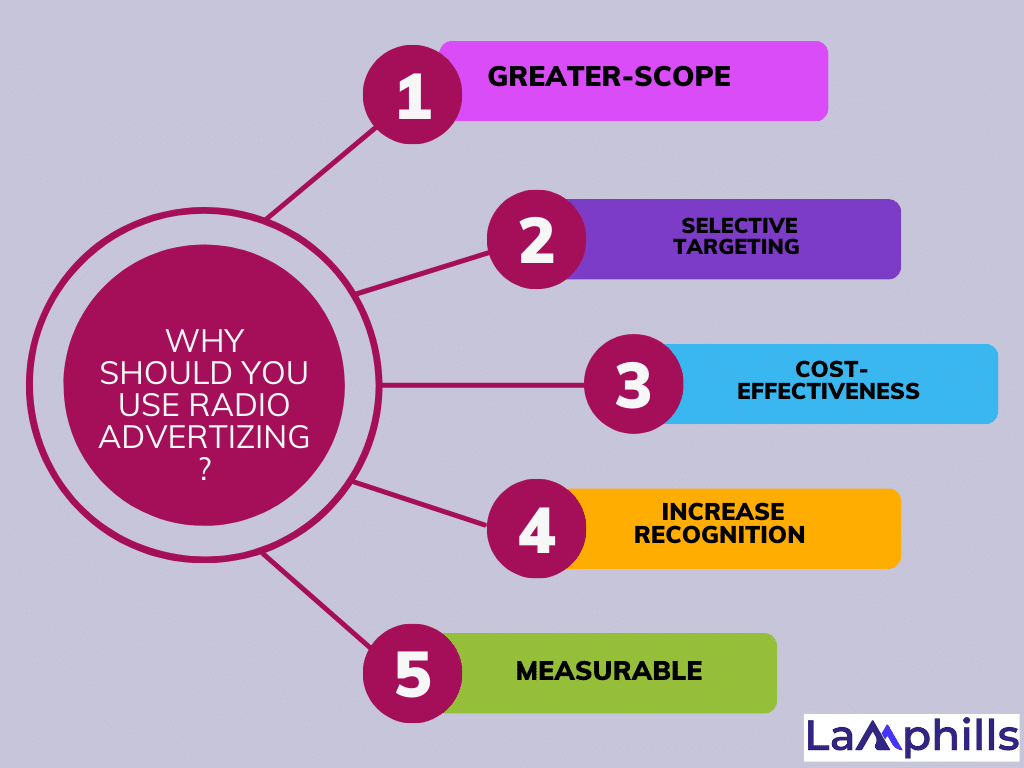
For many years, radio advertising has been a tried-and-true method of promotion, and companies of all kinds continue to find it to be an effective medium. Radio advertising is a popular choice for businesses because of its many benefits. Let’s examine in more detail some of the main advantages of radio advertising and how they might assist your company.
#1. Greater-Scope
According to the kind of content they air, a lot of radio stations provide comprehensive audience demographics. Certain types of people are devoted listeners to talk shows in the morning, sports channels, and even late-night programming. Radio stations are an invaluable resource if you’re trying to reach business professionals, IT aficionados, or soccer moms. They have a deep understanding of their demographic.
Radio stations typically have a large and diverse audience, and you can reach a vast number of people with a single ad. Whether your target audience is local, regional, or national, radio advertising can help you reach them.
#2. Selective Targeting
Geographic targeting is yet another excellent benefit. Local businesses can target particular audiences with radio commercials, which will help them contact those who are most interested in their goods or services. By reaching listeners in their community, local boutiques, eateries, and service-oriented companies have all prospered in my experience. This has increased engagement and in-store traffic. Purchasing advertising that is aired 100 miles from your store is pointless! You can target your advertisement at a certain audience that is most likely to be interested in your good or service by choosing the appropriate station and time slot.
#3. Cost- Effectiveness
Another important advantage of radio advertising is its cost-effectiveness. Radio advertising is comparatively less expensive than other types of advertising. Making a radio advertisement doesn’t have to cost a fortune, and you may play it several times a day or week to obtain more exposure without going over budget.
#4. Increase Recognition
Brand awareness can also be raised with the use of radio advertising. A well-written radio spot can establish your brand’s familiarity with listeners and leave a lasting impression. Listeners will get more familiar with your brand and may be more inclined to select your goods or services over those of the competitors if they hear your advertisement on the radio frequently.
#5. Measurable
Lastly, it is possible to measure radio advertisements. You can monitor the effectiveness of your radio ad and your return on investment (ROI) by using techniques like call tracking and website analytics. Your radio advertising approach can be improved for future success by evaluating the data.
Finally, radio advertising is a great option for companies that want to expand their customer base, raise brand awareness, and provide a quantifiable return on investment. It has many benefits to offer. Your target demographic can be successfully reached, and your marketing objectives can be met by properly drafting your radio ad and choosing the appropriate station and time slot.
Types of Radio Advertising
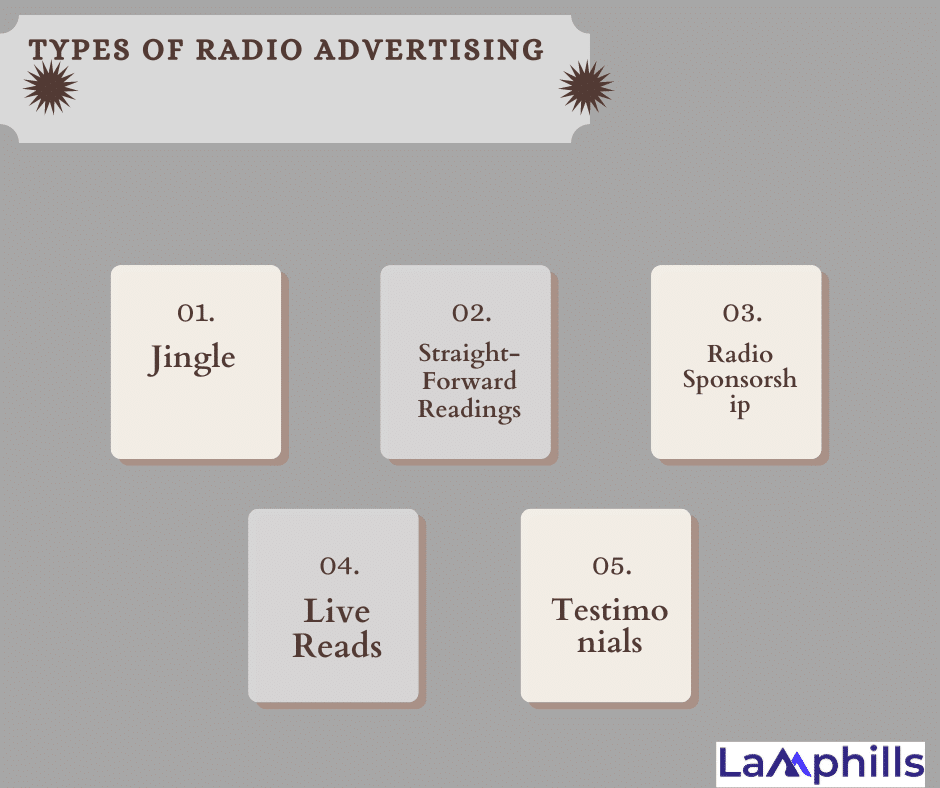
Several types of radio advertising are commonly used:
#1. Jingle
A jingle is a brief, memorable melody or song that is used in advertisements to aid in brand or product recall. Since jingles are simple to memorize and may be played repeatedly throughout the day, they are frequently utilized in radio advertisements.
Because they are ingrained in the mind, jingles are incredibly remembered. Consider the McDonald’s jingle as an illustration. Nearly as many people worldwide are familiar with it as the recognizable yellow arches.
#2. Straight-Forward Readings
A straight read is another kind of “produced spot,” much like a jingle, in which the sponsor crafts the message for broadcast. The most prevalent kind of radio commercial is this one, which features one or more voices reading a message that emphasizes the benefits of the brand, product, or service.
Straight readings typically include a call to action encouraging the reader to get in touch or make a purchase, along with some sort of contact information like a website or phone number. To impact customers who are at different stages of their relationship with the business, radio ads frequently combine a straight read with a jingle. This is because these commercials are not only good at increasing sales but also in raising brand awareness.
#3. Radio Sponsorship
A business or group that sponsors a radio program or segment does so by providing funding for it. The sponsor receives advertising time during the segment or program in return.
Not everyone wants a straight radio ad. An alternative is the sponsorship ad. These work in the same way as conventional sponsorships. Used for reach or engagement, sponsorships may involve sponsoring a traffic or weather segment. You could also sponsor competitions or sports results.
#4. Live Reads
The radio host reads your advertisement aloud on your behalf during a live read. Similar to sponsorships, this arrangement guarantees that your brand and advertisement become part of the radio station, enabling you to target devoted fans and specialized consumer groups who tune in to a particular program. Live reads are also more compelling because, in general, people are more receptive to other people’s opinions about a brand than they are to the company’s own, especially if those opinions are from prominent people like radio DJs.
#5. Testimonials
Testimonials are audio recordings of consumers or famous people praising a brand or product. This kind of advertising is frequently employed to gain the respect and confidence of consumers. Hearing someone else’s views on a product or service can encourage people to buy. Testimonial radio ads use a real person to run through their experience with your business’s offering.
Using testimonials enhances your brand’s credibility and improves the chances of people trusting your brand.
If you already have testimonials in written form, you could transform them into powerful audio testimonials with AI voiceover. Keep the new testimonials coming in with a testimonial collection tool like Trustmary, and repurpose them in radio advertising
Steps To Write Radio Ads That Gets Listeners’ Attention
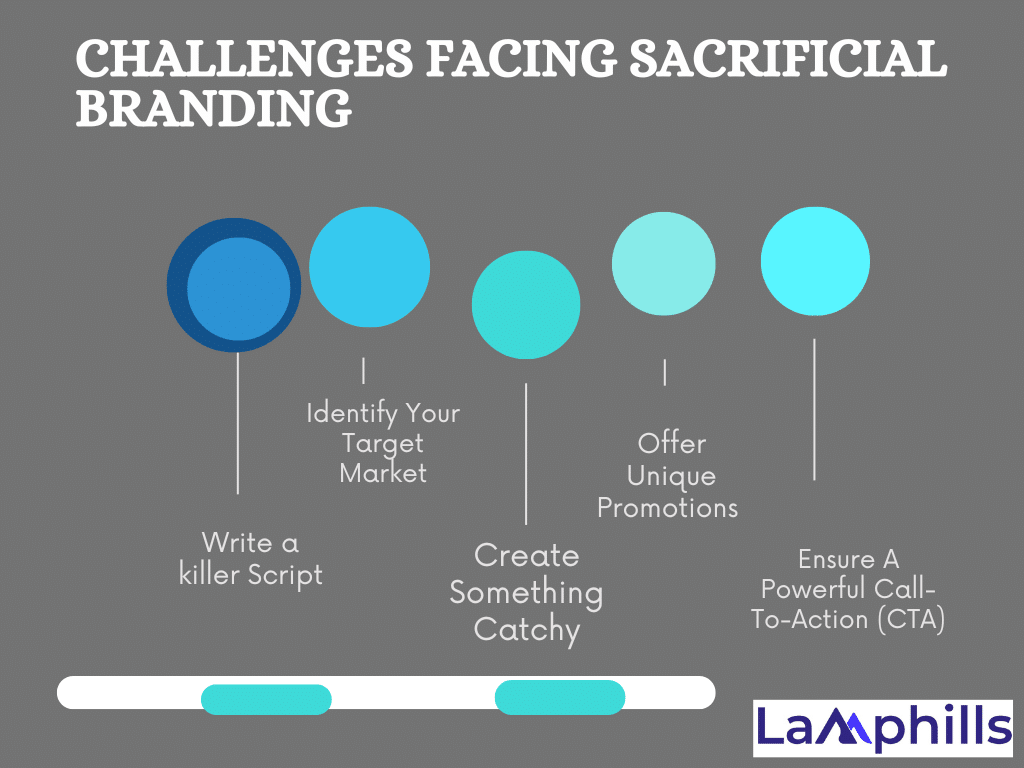
Writing radio ad copy can be a lot of fun, but it’s also a fine art. You’ve got a limited time window—often 15, 30, or 60 seconds—to grab attention, make your point, and leave a lasting impression. It’s time to get creative! You don’t have to worry about props or costumes, but your radio advertising scripts do need to create a compelling vision for your market. To create perfect radio commercials and an effective radio campaign, begin by answering these questions:
- Who are you talking to? Knowing your target audience is key to drafting the right message — they’re the ones you want to act, after all.
- What’s their problem? No, this isn’t an accusation! Figure out what your audience is struggling with, or what they need a solution for.
- What’s the ONE thing you can say to solve their problem? Your targets need to know what you can offer them, and why it’s different from your competitors.
- Why should they believe you? You’re just a voice on the radio — give them a reason to trust your message. Use stats, testimonials, or awards to make it real!
- How should they feel? This one directs the tone and style of your ad. Your amazing message still needs to be delivered in a way your audience will respond well to. And finally — the big one:
- What do you want them to do? Your call to action is what gets people from listening to making a move. Deliver your offer, product, or service in a way that makes it impossible not to take the next step.
Once you’ve answered all these questions, you can start thinking about the actual production of your radio advertising. Then follow the process below,
#1. Write a killer Script
To connect with your target audience, you must use a hook that captures their attention. Your message needs to be precise and concise. One of my favorite ad campaigns I worked on featured a local bakery owner telling her own story about how she began baking with her grandma and how her enthusiasm for excellent ingredients continues to this day. That personal narrative struck a chord with listeners, and her shop experienced an increase in sales within a week of airing the advertisement.
As a result, it should address one question: “What will motivate listeners to act?” Consider the nature of your offer while creating the fundamental message for your radio advertisements. For example, a tech product requires a rational appeal, whereas an insurance product or a vacation service needs an emotional appeal.
#2. Identify Your Target Market
One of the first initiatives I worked on was a complete flop, and here’s why: we didn’t conduct adequate audience research. We designed an ad for a local gym with dynamic, happy music, hoping it would appeal to young professionals. It turns out that the majority of the station’s listeners were retired! We had utterly missed the mark, and the campaign did not perform up to our expectations.
That experience showed me the value of understanding my target audience’s tastes, values, and daily habits. When you customize your message to what customers care about, your chances of success increase significantly. That is because radio advertisements are more effective when they target a specific audience, just as different fish respond to different types of bait. So, understanding your audience will help you learn about their listening habits.
#3. Create Something Catchy
Radio advertising enables you to create something distinctive in a short period. So, instead of switching stations, ask a thought-provoking question or make an unusual statement that entices your listeners to turn up the volume.
#4. Offer Unique Promotions
Limited editions, such as a coupon for radio listeners, might attract attention. You can utilize countdown timers and limited deals to create a sense of urgency in your promotions, distinguishing your business from competitors.
#5: Ensure A Powerful Call-To-Action (CTA)
You want to encourage the listener to take the next step, whether that’s going to your website, phoning a number, or stopping by your location. Make sure your CTA is easy to remember, too, since most people are listening while driving or multitasking.
Because you have limited time, you need to be direct and get to the point. Tell listeners what you want them to do, whether that’s going to your online store or signing up for your newsletter. Always provide clear, specific instructions.
What is the power of radio advertising?
The power of radio advertising lies in its ability to reach a large audience and create a personal connection with listeners.
How much do radio ads cost
Radio ads come down to two primary costs: production and distribution, which range from weekly costs in the U.S. between $200 to $5,000. However, this still depends on your location, listening audience size, ad length, and the radio station.
How is radio advertising effective?
Radio advertising’s effectiveness lies in its ability to reach a wide audience, selective targeting, cost-effectiveness, brand awareness enhancement, and measurability. Its success depends on the quality, timing, and placement of the ad, as well as the ability to measure its impact using tools like call tracking and website analytics.
What is radio marketing called?
Radio marketing is often referred to as “radio advertising.” It encompasses various forms of commercials and promotional messages broadcast on radio stations to reach an audience.
Conclusion
I’ll admit that I was hesitant when I first started in radio advertising. But after seeing the true impact it can have, especially when used wisely, I’m a staunch believer. Radio advertisements enable businesses to interact with specific audiences on a local, personal level. When done correctly, they can produce real outcomes that are well worth the expense.
Radio ads have an advantage over other forms of advertising because your target audience is already present. You simply have to redirect their attention to what you have to offer. So, whether you run a small local business or a national brand, don’t underestimate the value of radio. It’s time to tune in and make the most of radio commercials for targeted marketing success.


